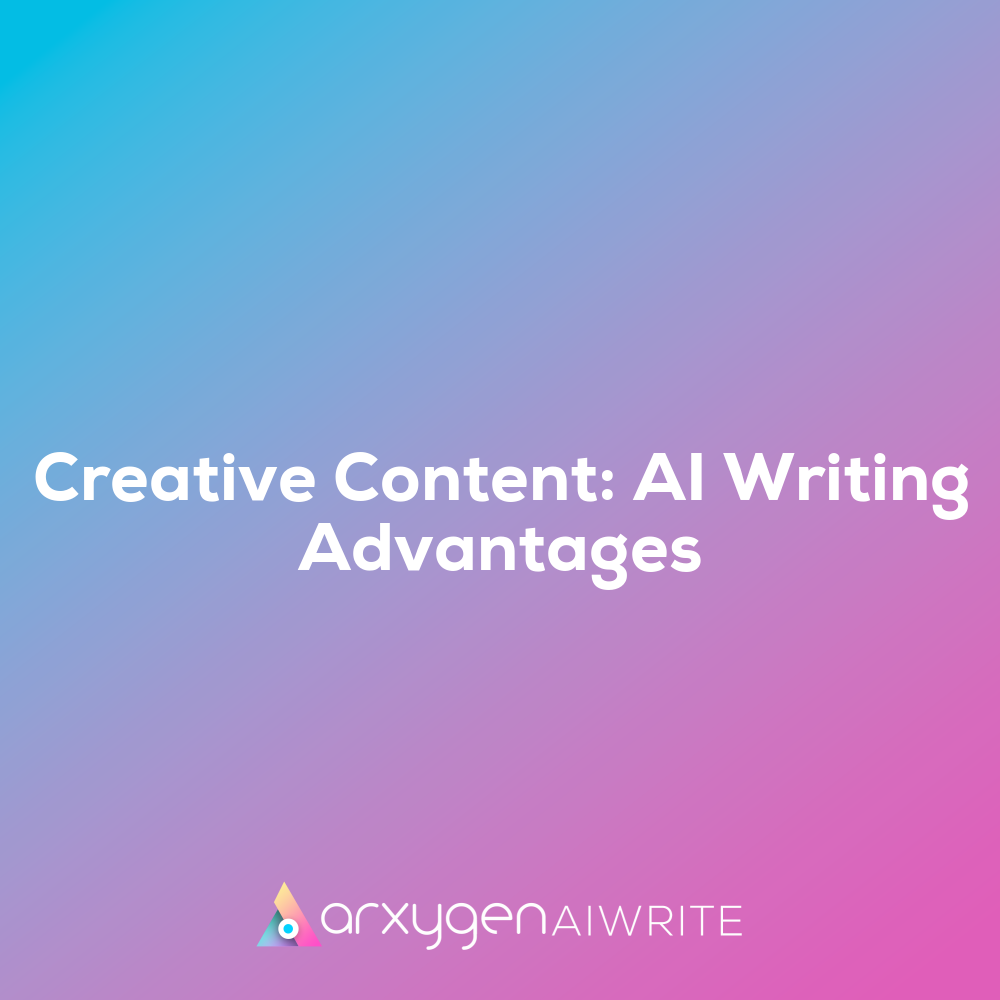Harnessing Natural Language Processing for Enhanced Creative Content
Natural Language Processing (NLP) plays a pivotal role in the creative landscape by identifying prevailing trends and themes within existing content. By analysing vast amounts of text, NLP can highlight popular narratives that resonate with audiences, allowing creators to build upon these established ideas. This not only streamlines the creative process but also ensures that new content is relevant and engaging. Furthermore, NLP tools can analyse audience sentiment, enabling creators to tailor their narratives to meet the emotional needs of their target demographic.
Enhancing Brainstorming Through Diverse Idea Generation with NLP
In addition to trend analysis, Natural Language Processing significantly enriches the brainstorming phase of creative projects. By generating a multitude of diverse ideas and concepts, NLP encourages creators to think outside the box and explore unconventional avenues. For instance, a writer might input a few keywords related to their project, prompting an NLP tool to produce an array of related themes and storylines. This capability not only fosters creativity but also helps in overcoming writer’s block, as creators are presented with fresh perspectives they may not have considered otherwise. Ultimately, the integration of NLP into the creative process empowers individuals to expand their horizons and innovate in ways that were previously unimaginable.
Leveraging Natural Language for Tailored Audience Engagement
Natural Language Benefits play a pivotal role in crafting content that speaks directly to specific audience segments. By employing advanced language processing techniques, creators can develop personalised narratives that resonate deeply with their readers. For instance, a blog aimed at young professionals might incorporate industry jargon and relatable scenarios, making the content feel more relevant and engaging. This tailored approach not only captures attention but also fosters a sense of connection.
Moreover, adopting a conversational tone transforms the reading experience into an interactive dialogue rather than a monologue. When content reflects the vernacular of its audience, it becomes more approachable and relatable. Readers are more likely to engage with material that feels like a friendly chat rather than an academic lecture. Contextual relevance enhances this effect, ensuring that the content aligns with current trends or cultural references familiar to the target demographic.
For example, using humour or informal language can significantly elevate engagement levels, especially among younger audiences who appreciate authenticity. The integration of storytelling elements further enriches this experience; a well-placed anecdote can evoke emotions and create memorable moments within the text. Thus, the strategic use of Natural Language Benefits not only enhances engagement but also cultivates loyalty among readers who feel understood and valued.
Ultimately, when creators prioritise the nuances of language and context, they unlock the potential for deeper connections with their audience. By recognising that every reader is unique, tailored content becomes an invaluable tool in the digital landscape.
Enhancing Creative Processes with Natural Language Processing Tools
In the ever-evolving landscape of content creation, Natural Language Processing (NLP) tools have emerged as invaluable assets for creators. By automating repetitive writing tasks, these technologies allow writers to redirect their energies towards higher-level creative processes. For instance, instead of labouring over mundane tasks such as generating standardised reports or crafting routine emails, creators can focus on developing compelling narratives or innovative concepts. This shift not only enhances productivity but also invigorates the creative spirit, enabling individuals to explore new ideas without being bogged down by administrative burdens.
Moreover, NLP tools excel in editing and proofreading, which significantly enhances the overall quality of content. Imagine a scenario where a writer has just completed a draft; rather than meticulously combing through each sentence for errors, they can leverage NLP to identify grammatical issues and stylistic inconsistencies in mere moments. This not only saves time but also ensures that the final output is polished and professional. By providing suggestions for improvement and flagging potential pitfalls, NLP acts as a second pair of eyes, allowing creators to maintain their focus on the message they wish to convey.
As a result, the integration of these technologies fosters an environment where creativity can flourish. With less time spent on menial tasks and more emphasis on content quality, writers are empowered to elevate their work to new heights. The synergy between human creativity and machine efficiency is redefining what is possible in the realm of content creation, making it easier than ever to produce engaging and impactful material. Ultimately, embracing NLP tools represents a significant leap forward in streamlining creative workflows, leading to richer and more diverse content.

